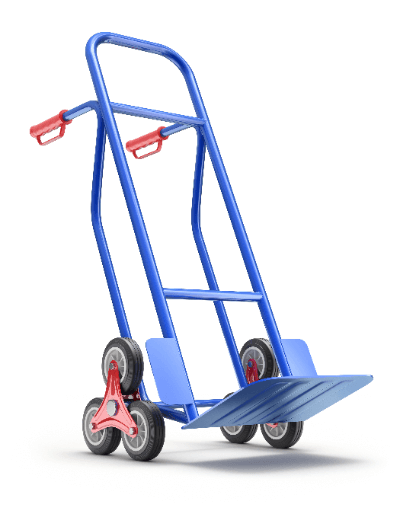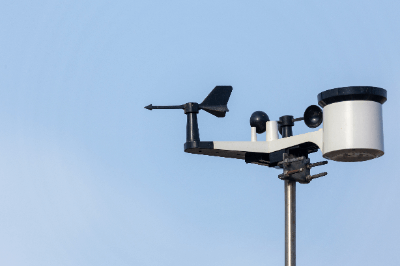What Is a Portable Toilet?
Portable toilets include a seat, waste bag, and coagulant, catering to those who find sitting down challenging, especially in disaster situations. Distinct from emergency toilets, some portable toilets are designed for caregiving, offering features tailored to this specific use.
Disaster-specific portable toilets commonly use plastic or cardboard for seats, and it’s crucial to check their weight capacity, often exceeding 100 kg, to ensure suitability and safety.
Caregiving-oriented models incorporate features like handrails or casters, addressing the needs of the individual being cared for. Selecting a model aligned with the user’s characteristics and intended usage is essential.
Applications of Portable Toilets
Like emergency toilets, portable toilets are invaluable during disasters, processing waste without requiring water. They are also beneficial in everyday scenarios where access to standard toilets is not feasible.
Portable toilets cater to individuals with mobility challenges, with some models equipped with casters for easy relocation. This versatility extends their use to care facilities.
Functioning of Portable Toilets
Disaster-use portable toilets consist of a seat, waste bags, and coagulants for waste treatment, similar to emergency toilets. Their seats, made of plastic or cardboard, vary in durability and disposability. Caregiving portable toilets offer various options, including models resembling traditional flush toilets and those using coagulants.
Varieties of Portable Toilets
Two primary types of portable toilets are fixed and assembly-type. Fixed models are prevalent in caregiving scenarios, with some featuring advanced waste processing methods. Assembly-type models, often more affordable, are lightweight and versatile, suitable for different locations.
Selecting a Portable Toilet
When choosing a portable toilet, consider its purpose. For caregiving, prioritize mobility and stability. Models with casters enhance flexibility, while those with handrails offer additional support and safety. For disaster use, lightweight, easy-to-assemble models are preferable. Privacy provisions like tents or partitions can be vital for outdoor usage during emergencies.



